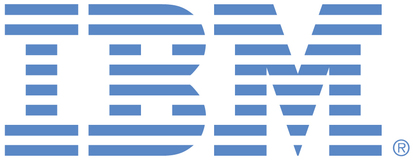
This is an IBM Automation portal for Integration products. To view all of your ideas submitted to IBM, create and manage groups of Ideas, or create an idea explicitly set to be either visible by all (public) or visible only to you and IBM (private), use the IBM Unified Ideas Portal (https://ideas.ibm.com).
Shape the future of IBM!
We invite you to shape the future of IBM, including product roadmaps, by submitting ideas that matter to you the most. Here's how it works:
Search existing ideas
Start by searching and reviewing ideas and requests to enhance a product or service. Take a look at ideas others have posted, and add a comment, vote, or subscribe to updates on them if they matter to you. If you can't find what you are looking for,
Post your ideas
Post an idea.
Get feedback from the IBM team and other customers to refine your idea.
Follow the idea through the IBM Ideas process.
Specific links you will want to bookmark for future use
Welcome to the IBM Ideas Portal (https://www.ibm.com/ideas) - Use this site to find out additional information and details about the IBM Ideas process and statuses.
IBM Unified Ideas Portal (https://ideas.ibm.com) - Use this site to view all of your ideas, create new ideas for any IBM product, or search for ideas across all of IBM.
ideasibm@us.ibm.com - Use this email to suggest enhancements to the Ideas process or request help from IBM for submitting your Ideas.

Thanks for raising this - we're looking at adding more 'Solution/Use-Cased focussed' documentation in a Red-book style, especially with an emphasis on why you would want to do something.
Is there specific value in a Redbook format, or is it the 'Redbook style' that is offering the value e.g. that 'Let's take the example of a user who wants to install in highly available manner. There are multiple options for this, so let's discuss and then show you how to do each one..' style?
i.e. if we could add that style of content to the Documentation, would that be valuable or would a Redbook(s) still offer something more?
This sounds like a good idea. I am often undermined when documentation provides a disjointed list of tasks - when I have no idea what the task is that I need. Having a set of use-cases that cover the whole thing would be good for many products. Redbooks used to do this but I have not looked at them for a while.
Agree that whilst the IBM KC documents have their place, they lack real worked examples and detailed descriptions of the architectural choices that can better be explained in redpapers/redbooks.
Nothing worse than getting stuck in in infinite loop of links inside a KC document! :-)